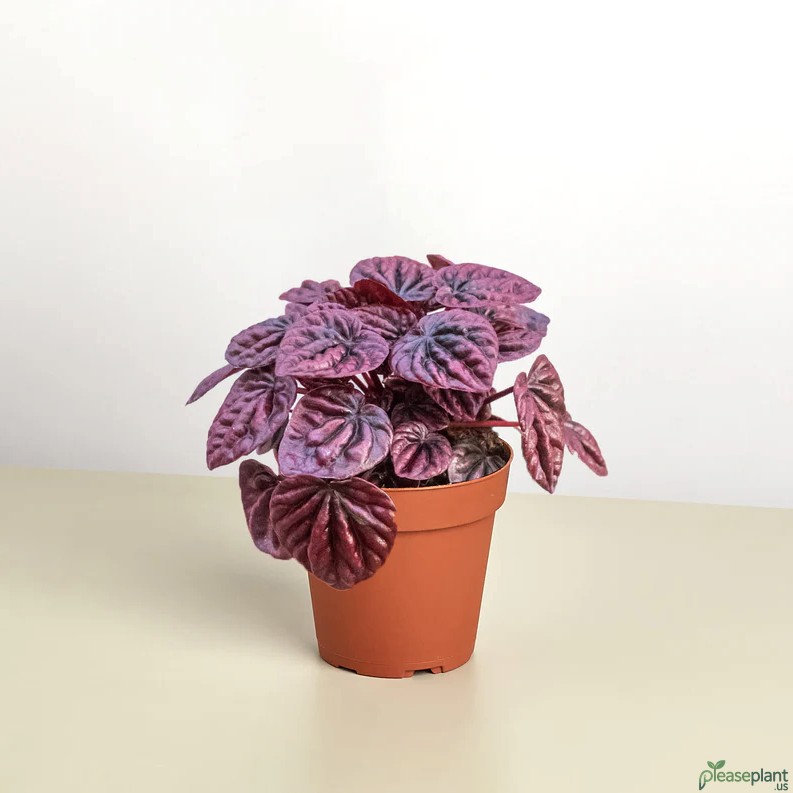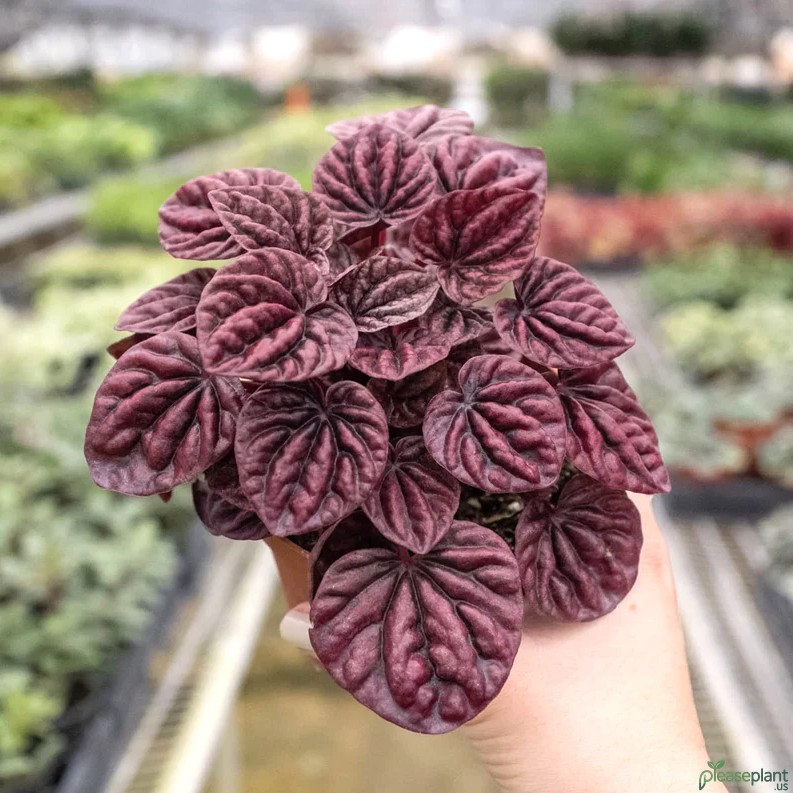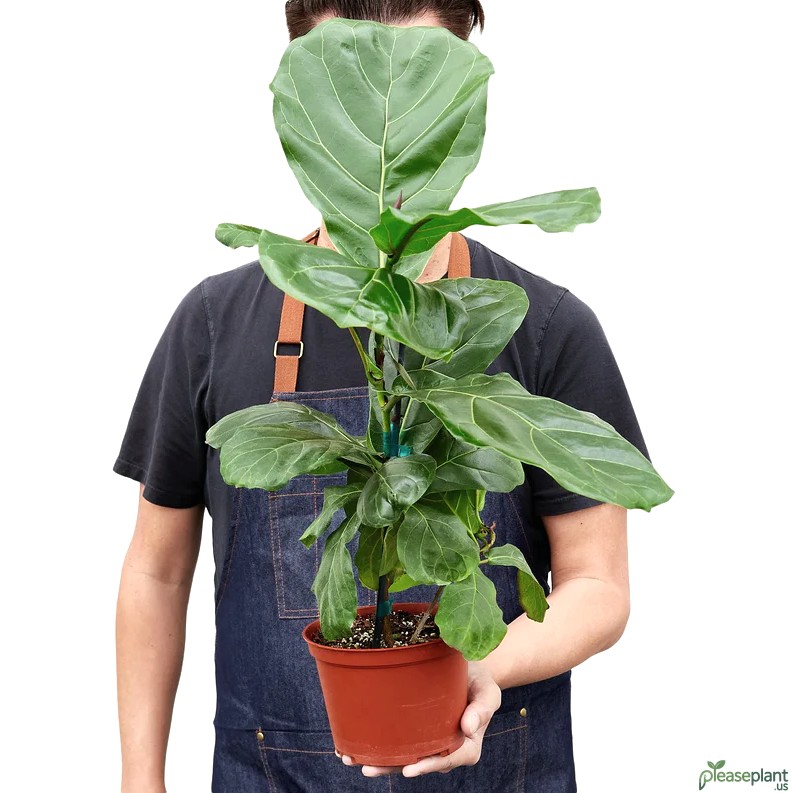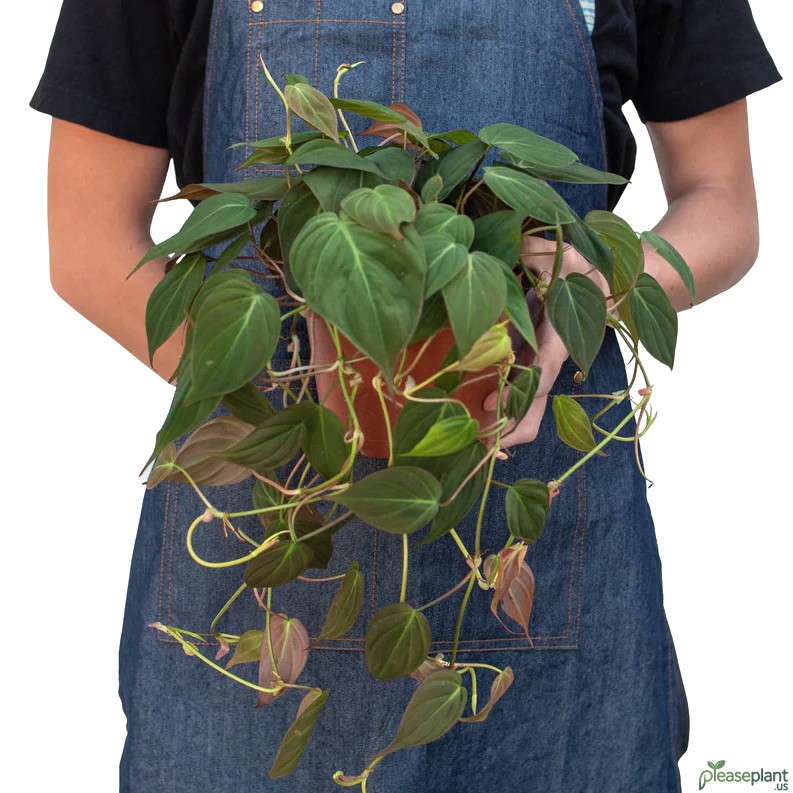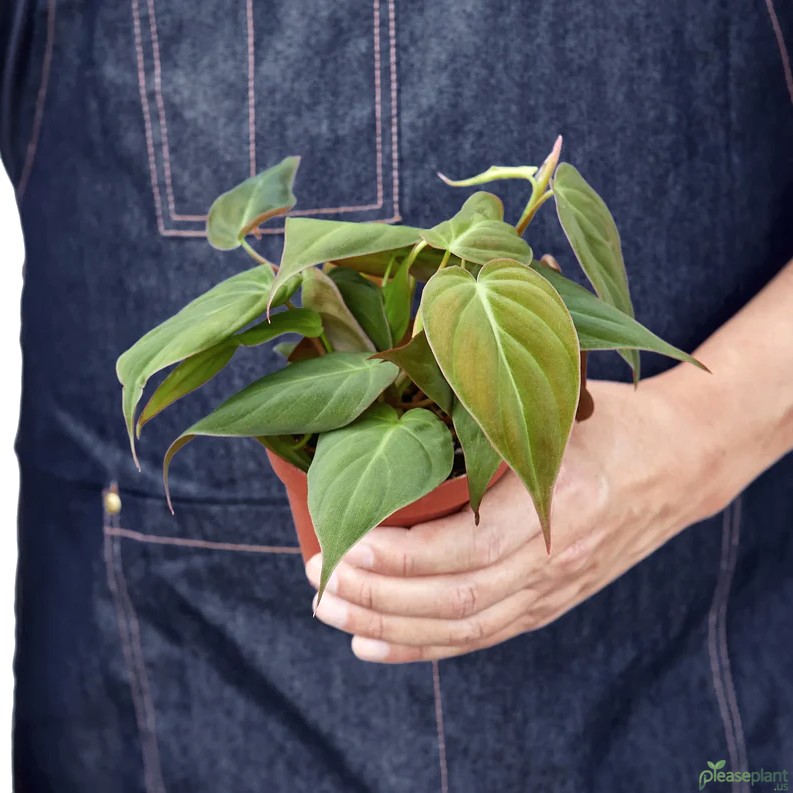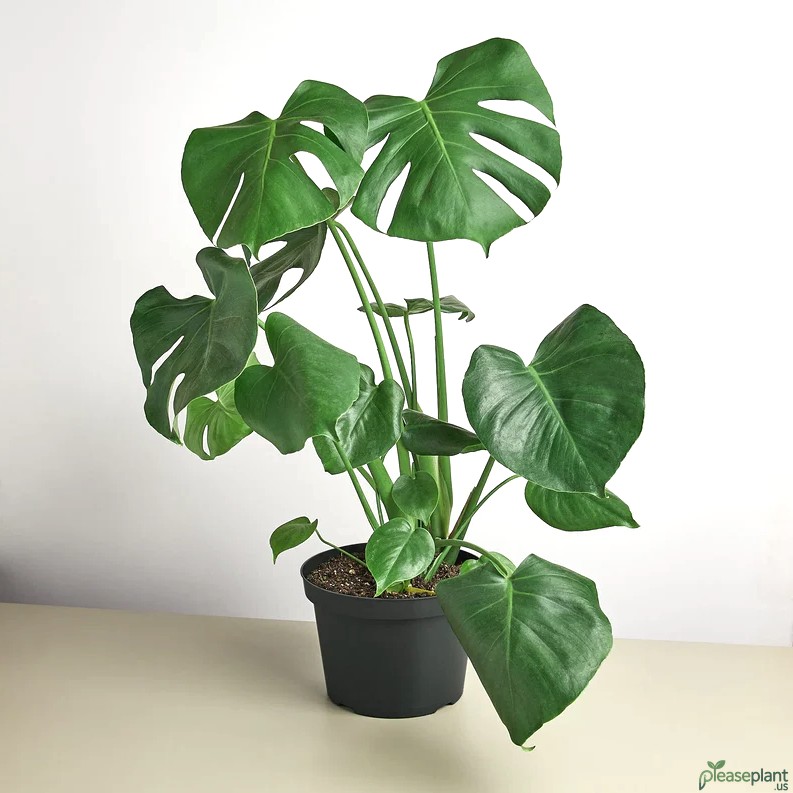Peperomia Ripple Red and Emerald Ripple often confuse indoor plant lovers with their textured leaves and compact size. But which one deserves your shelf space? In my many years of tending to these quirky beauties, I've seen how each variety brings a unique flair to any room. Ripple Red impresses with its deep burgundy hues and rugged leaf surface, while Emerald Ripple flaunts a lively green shade with subtle ripples. Let's dive into their care, quirks, and what makes them stand out.
Let Me Tell You About Peperomia Ripple Red
If you’re anything like me, you’ve probably stumbled across the Peperomia Ripple Red while hunting for a splash of color that doesn’t scream for attention but quietly wows. This little plant is a gem for anyone who appreciates texture and moody tones in their indoor jungle. Its leaves have this crinkled, almost puckered texture that feels like nature’s own quilt. And the red? Not just a hint, but a vibrant burgundy that can shift with the light, sometimes looking almost wine-colored. It’s low maintenance too, making it perfect for those of us who forget to water plants now and then.
Peperomia Ripple Red Versus Emerald Ripple: The Showdown
Now, comparing Ripple Red to its cousin, Emerald Ripple, is like choosing between two favorite old songs. Emerald Ripple leans more on the classic vibrant green side with its gently rippled leaves that catch the light differently throughout the day. It’s less dramatic but more versatile in blending with other greens in your collection. Ripple Red, on the other hand, is the bold statement piece that might not fit every style but sure as heck stands out.
Care Tips From My Experience
Both varieties thrive in bright, indirect light but watch out for direct sun; those tender leaves can scorch faster than you can say ‘oops’. Watering? Let the topsoil dry out between drinks, especially for Ripple Red—it’s more sensitive to soggy roots. I’ve messed up and drowned a few over the years, they don’t forgive easily!
Humidity is another story; these Peperomias like a bit of moisture in the air but tolerate normal home conditions pretty well. If your home is terribly dry, a simple mist now and then or a pebble tray can make a big difference.
Common Problems and Quirks
One thing to watch for with Ripple Red is leaf curling and browning edges, usually a signal that your plant's getting too much sun or too little water. Emerald Ripple is a bit tougher but can develop yellowing leaves if overwatered. Pests are rarely a problem, but spider mites can sneak in if the air’s too dry.
Why Choose Peperomia Ripple Red?
If you want a plant that’s more than just foliage, something that adds an artistic vibe to your space, Ripple Red is your best bet. It’s got personality, texture, and a color that breaks the monotony of green houseplants. Plus, it’s compact and slow-growing, so you don’t end up with a jungle overnight!
Give it a try if you want a plant that's a bit different but still forgiving enough for even the most forgetful plant parents out there. And if you’re after something more classic and easygoing, Emerald Ripple has your back.

